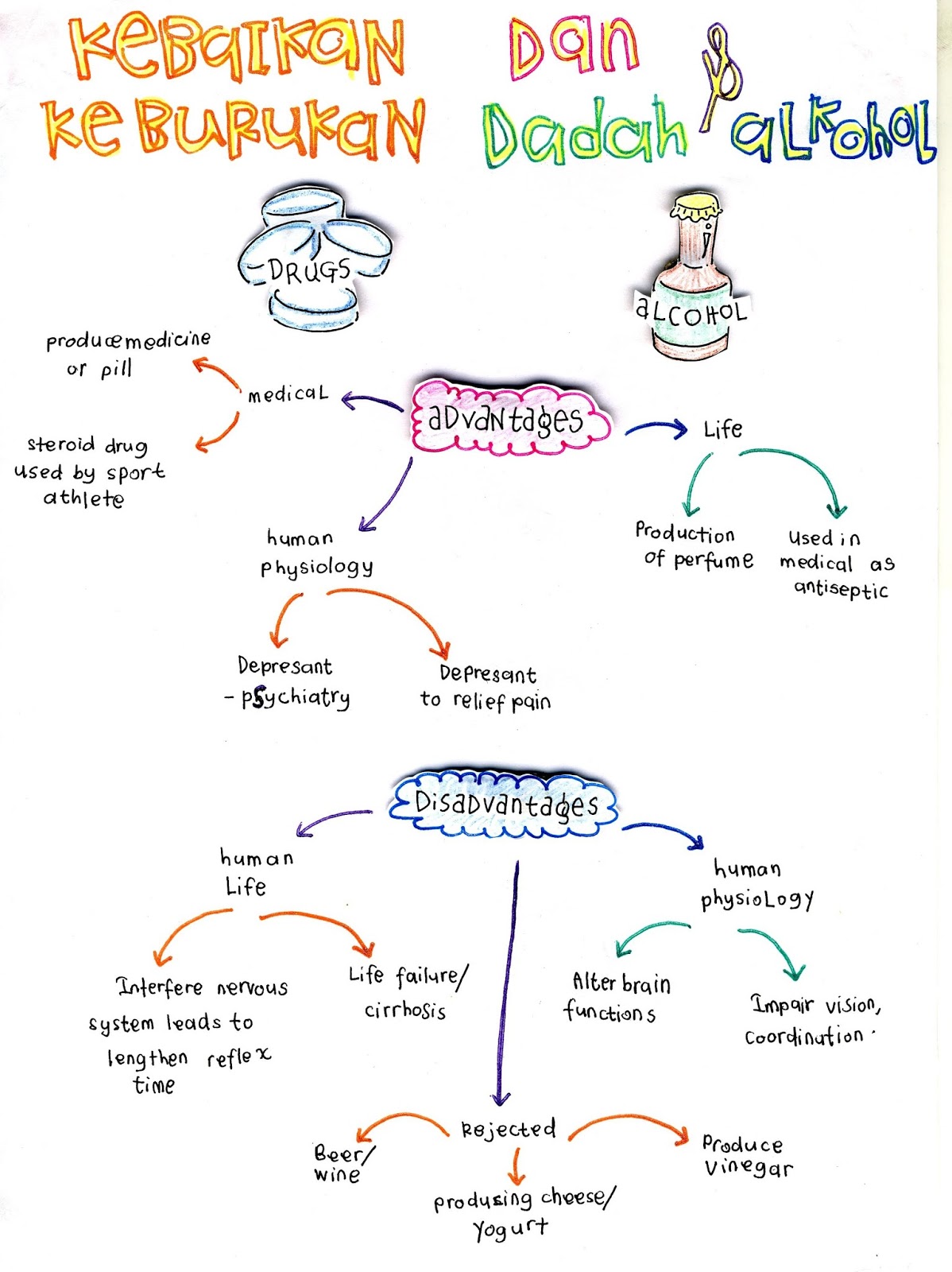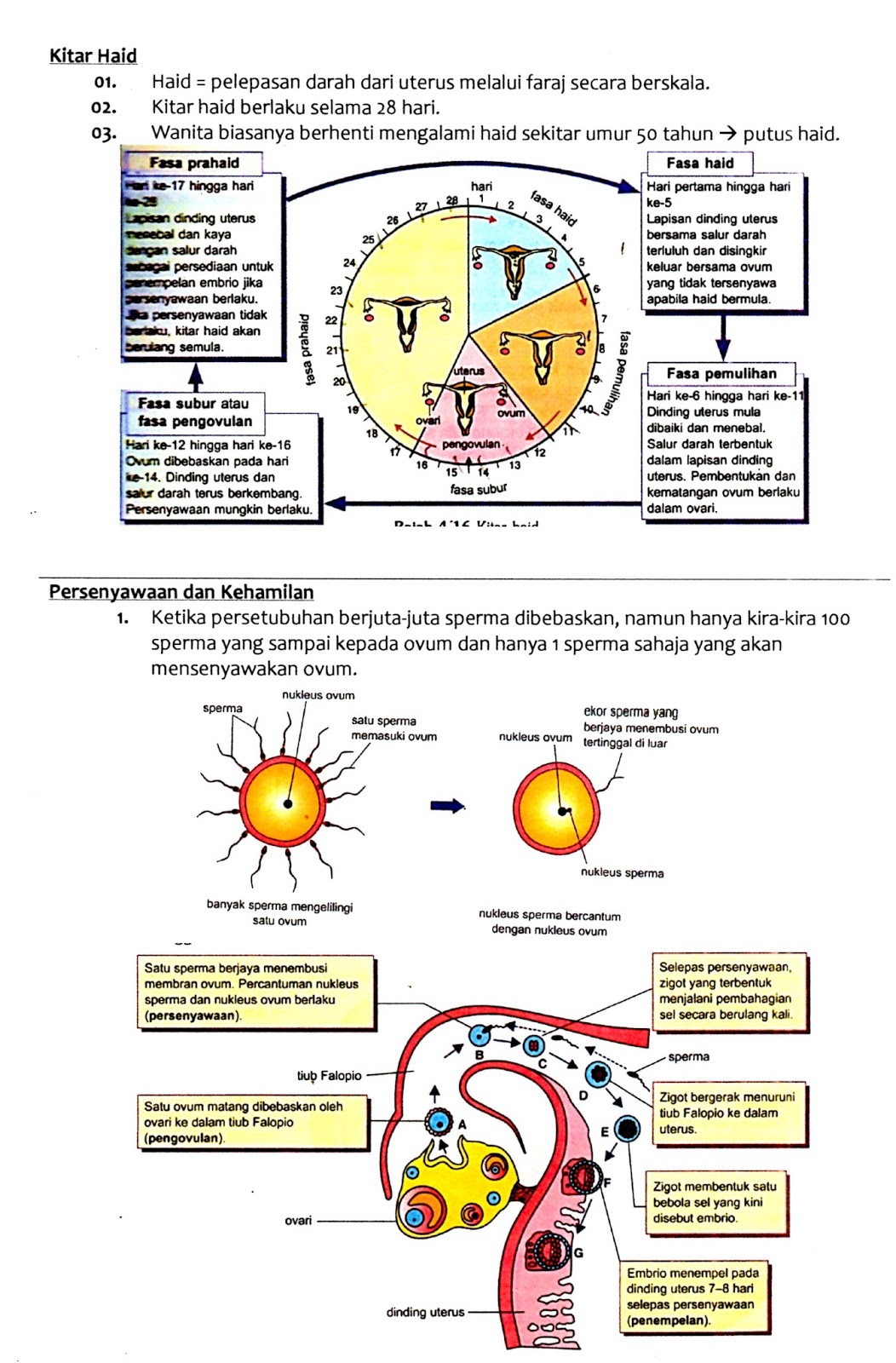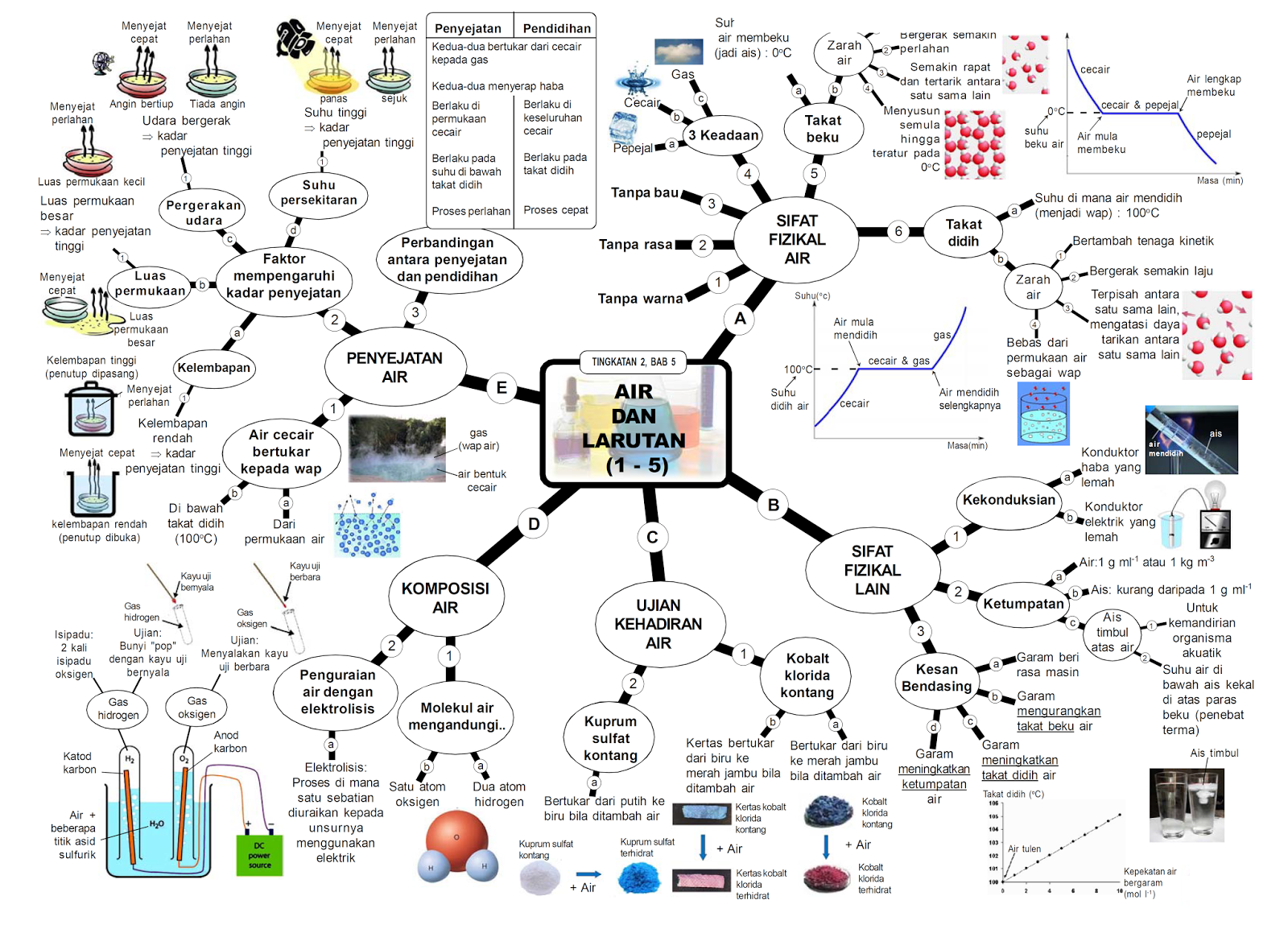Electrochemistry: Unlocking the Secrets of Form 5 Chemistry Chapter 6
Remember those lemon-powered battery experiments from school? Turns out, they weren't just child's play. They were your first foray into the captivating world of electrochemistry - the realm where chemistry and electricity collide. Now, fast forward to Form 5 Chemistry Chapter 6, and things are about to get seriously charged (pun intended!). Buckle up, because we're about to unlock the secrets of electrochemistry.
Electrochemistry isn't just some abstract concept confined to textbooks. It's the backbone of our modern world, quietly powering everything from your smartphone to electric cars. Ever wondered how batteries store energy? Or how we refine metals from their ores? The answer, my friend, lies in the intricate dance between chemical reactions and the flow of electrons—electrochemistry.
The story of electrochemistry is a long and winding one, dating back to ancient times with the discovery of the Baghdad Battery. But it wasn't until the 18th century that scientists like Luigi Galvani and Alessandro Volta started connecting the dots between electricity and chemical reactions, paving the way for groundbreaking inventions like the voltaic pile, the precursor to the modern battery.
So, what's the big deal with electrochemistry? Well, for starters, it governs a fundamental type of chemical reaction called redox reactions, where electrons are transferred between different species. These reactions are the lifeblood of batteries, fuel cells, and even the processes happening within our own bodies.
Imagine a world without batteries – no smartphones, laptops, or electric cars. A world without electroplating, a process that gives us everything from shiny jewelry to corrosion-resistant tools. That's the world without electrochemistry, and let's just say it wouldn't be nearly as bright or efficient.
Now, let's talk about galvanic cells, the heart and soul of electrochemistry. Think of them as tiny power plants where chemical energy is converted into electrical energy. These cells consist of two electrodes dipped in electrolyte solutions, connected by a salt bridge. As electrons flow between the electrodes through an external circuit, voila, we have electricity!
But electrochemistry isn't just about generating electricity; it also plays a crucial role in processes like electrolysis, where electrical energy is used to drive non-spontaneous chemical reactions. This is how we produce metals like aluminum and chlorine and even purify water.
Advantages and Disadvantages of Electrochemistry
| Advantages | Disadvantages |
|---|---|
| Provides clean energy solutions | Can involve hazardous chemicals |
| Enables the production of essential materials | Disposal of electrochemical waste can be challenging |
| Offers efficient and versatile applications | Performance can be affected by temperature and other environmental factors |
Electrochemistry, with its ability to bridge the gap between chemical reactions and electricity, is undoubtedly a game-changer. It underpins a vast array of technologies that power our world and holds immense potential for a sustainable future. As you delve deeper into Form 5 Chemistry Chapter 6, remember that you're not just learning about equations and concepts, but exploring a field that shapes our lives in countless ways.
Sugar skull owl tattoo a deep dive into meaning and inspiration
Discord crossout secrets strikethrough your way to textual domination
The allure of evening shadow a deep dive into sherwin williams enchanting hue














